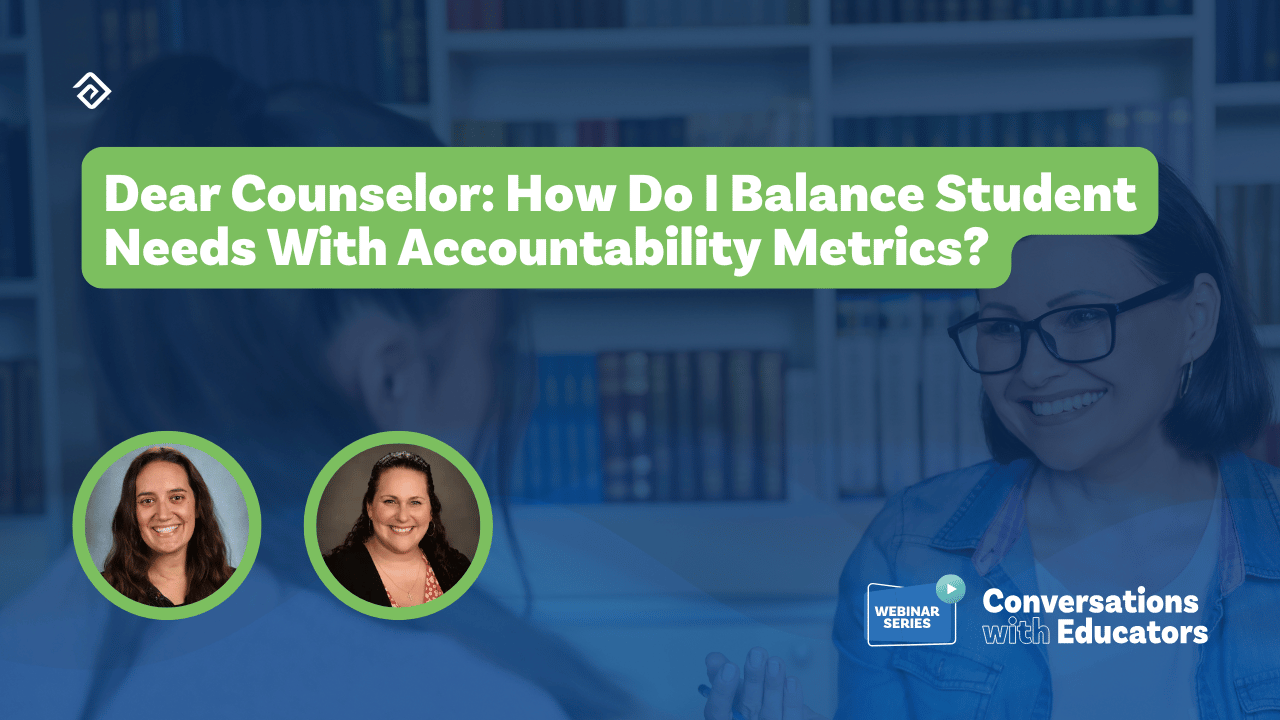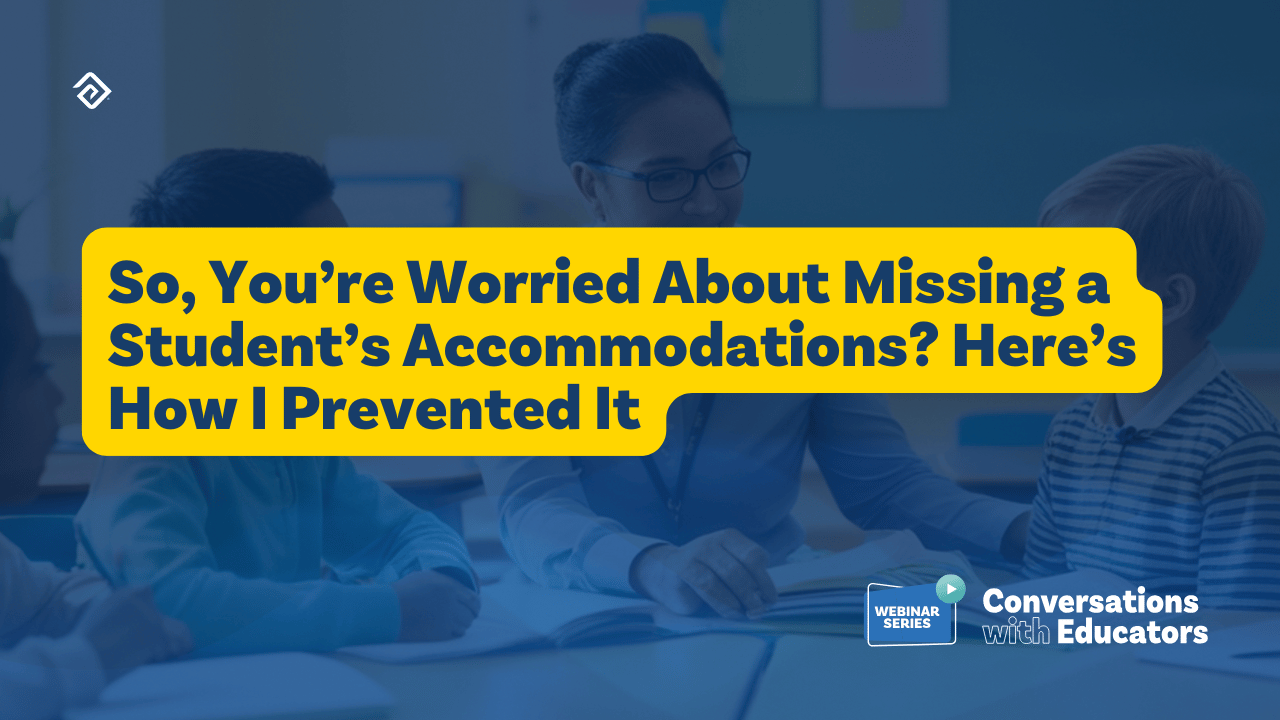Weekly Lesson Plan Template: Guidelines You Should Know
A good weekly lesson plan template plans out learning objectives, materials, requirements, and activities while creating an organized timeline for teachers.
Here are some weekly lesson plan templates to try from different companies:

Basics of Lesson Planning
Weekly lesson planning is a process that a teacher completes prior to teaching that involves detailed outlining of the material and instruction techniques designed to present lessons over the course of a week. A weekly plan accounts for steady progression through the unit and curriculum for the course or subject. Where longer-term planning is much more general, a weekly plan typically includes more detailed objectives, projects, and strategies for each class throughout a standard five-day schedule.
This plan should be flexible for easy adjustment day by day to meet the needs of students. This is critical because high-quality planning takes into account the interests and personalities of the students in the course. It is important to build rapport to discover these student interests, prior knowledge, and other important details, such as learning preference. For example, some students favor visual learning while others prefer a more kinesthetic approach. A teacher should also discover any special requirements that may necessitate class modifications such as the case for students who speak a language other than English.
Using what you know about your students, utilize active learning experiences to enhance student engagement. Design learning experiences that are relevant to your students, aligned to the learning objectives, and allow students to show success as they learn. Curriculum materials should be inclusive to all of your student’s backgrounds and experiences.
Elements of a Great Weekly Lesson Plan Template
While there is no one-size-fits-all approach to creating a lesson plan, there are several key elements to consider.
- Learning Targets
To create a lesson, one must first determine the learning target(s) for each lesson. Your learning target(s) should be selected from your district’s curriculum documents which should be aligned with your state or national learning standards. The selected learning target(s) establish the foundation for the other lesson components. In addition to selecting the learning target(s), you will need to conduct a careful analysis of its complexity and difficulty.
Simply selecting a learning target from your district curriculum documents without careful consideration for complexity and difficulty could result in misaligned instruction and learning. Although district curricula attempt to be precise, there is frequently room for interpretation.
For example a district may have a learning target stating, “Students will understand jungle life and their adaptations.” If the district (or mandated assessment) has indicated this is a low level depth of knowledge, the learning target could be met by utilizing a reading selection about animals in Brazil. Students could identify and recognize creatures that reside in the jungle.
However, if this target is assigned a higher level depth of knowledge, a simple reading passage would not be appropriate. Instead, students would be expected to meet a more complex target by engaging in higher-level thinking, such as identifying the adaptations of jungle animals and predicting how the changing climate will impact different animals in the future.
Selection and analysis of the learning target will help determine later how you will evaluate student mastery of the learning target and select effective learning strategies and materials.
2. Pre-Assessment
Understanding what students already know about a topic will help prepare more effective lesson plans. After following a curriculum and developing lesson plans along the way, a teacher should have a good understanding of what material they have presented to their students. Assuming your students have no background knowledge or have all the requisite foundational skills for the upcoming concepts are equally dangerous assumptions. Pre-assessment activities range in nature from a formal test to simple strategies like entrance tickets and anticipation guides. Including pre-assessment activities takes some additional time; however, it is proactive time that ultimately makes lesson plans more effective and efficient.
3. Formative Assessment
Teachers much gauge the learning throughout a larger unit to help ensure that by the end of that period of learning, students have mastered the objectives. Creating assessment activities or items that tightly align with the learning target helps clarify the specific goal for the lesson as students move through a unit. Good formative assessments increase the focus on student outcomes and guide strategy selection during the planning and instructional phase. It also provides information that supports daily lesson adjustments to adapt to student learning rates.
4. Materials and Resources
The best teachers utilize a wide variety of materials and resources to promote optimum student engagement, including the resources and materials for each lesson in your lesson plan to serve as an aid to preparation. A simple list of the items and resources required for a lesson should be included, from low tech items like paper, pencils, and rulers to high tech resources like laptops, applications or instructional websites. .
5. Instructional Strategies
- Introduction/Opening - A dynamic opening that engages students and establishes the learning target is crucial. According to brain research, a person remembers best what comes first in a learning segment. Developing a high quality introduction not only piques student interest, but also improves mastery of learning targets.
- Input: The primary structure and strategies for learning should be defined in your weekly lesson planning. A brief description of the instructional input is helpful.
- Conclusion/Closing: A strong conclusion to the lesson ensures students leave the learning segment with the correct information. As the brain remembers best what comes first, it remembers what comes last the second best. This elevates the importance of a quality closure because an effective closing clears any misconceptions while promoting long-range achievement and retention.
6. Student Work/Assignments
Students need practice to demonstrate their burgeoning understanding of the learning targets. Quality student work exemplifies nuanced student understanding of the learning target by providing opportunities for students to practice their new skills. It is imperative for students to practice new skills correctly, especially for topics that require extensive rehearsal, such as math facts or complex algorithms. Practice creates permanence which means if they practice incorrectly, the student is solidifying a misconception or misunderstanding that will require re-teaching. Re-teaching takes more time and time is always a commodity in short supply.
In a Nutshell
Effective planning is critical to develop high levels of student engagement and learning. While it contains many of the most important components of a daily lesson plan, weekly planning is often less detailed, yet provides a greater picture of the end goal. Effective weekly planning creates a useful overview for the week and assists the teacher in establishing the learning pace.
Embarc provides the foundation and vehicle teachers need to draft lesson plans. Because every instructional resource a district provides is stored and managed in Embarc, it is the launching pad for efficient and effective lesson planning. Teachers may also add supplemental resources to the platform which adds to the library of possibilities accessible to all teachers.
Contact us to take a look at Embarc and learn how we support the lesson planning process every step of the way.


More Great Content
We know you'll love




